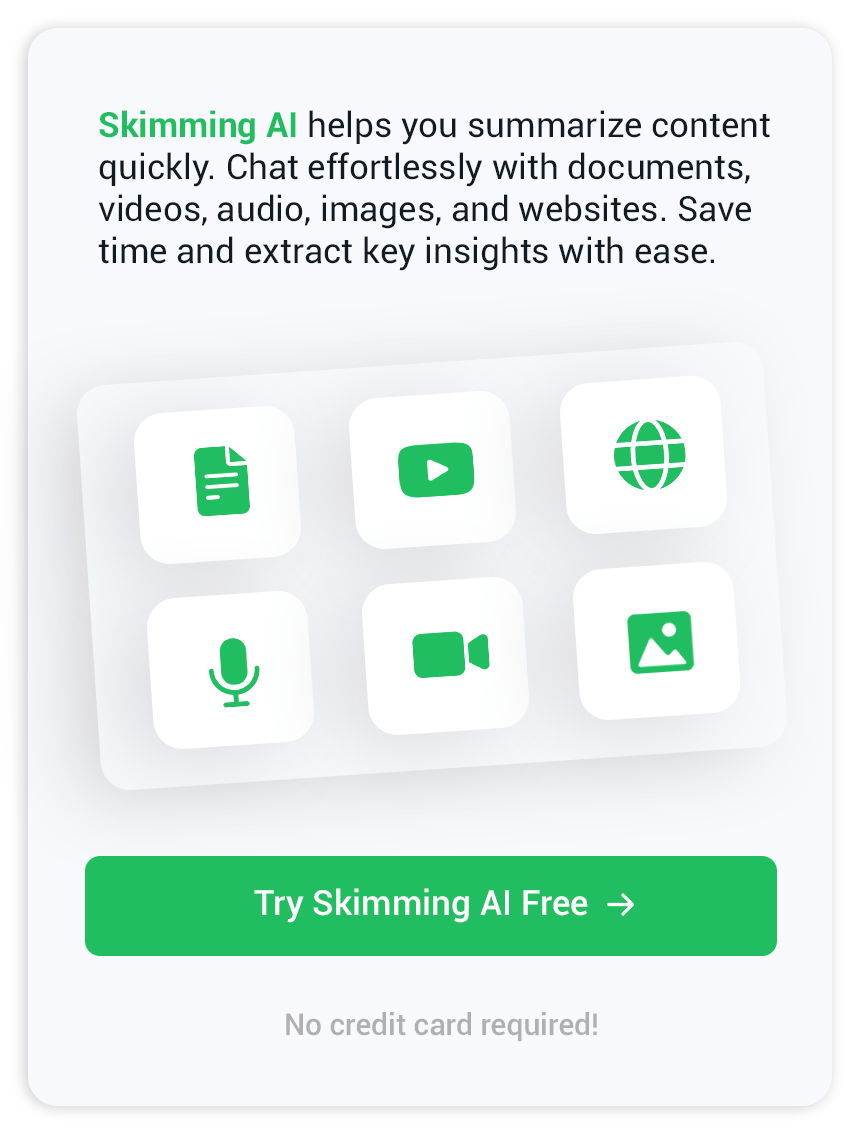Voice to text made easy – fast audio transcription for teams
Turning Your Words Into Text
Voice to text technology is transforming how many of us capture ideas, send messages or produce reports without even touching a keyboard. If you have ever wished you could type faster or simply want to jot down thoughts hands free, using voice to text is a real game changer. With just your device’s microphone and the right settings or software, your spoken words become digital text in moments. The process is built right into many smartphones, computers and online platforms, making it accessible to almost everyone with a modern device.
Getting Started with Voice to Text
Most smartphones already offer built in voice to text features. On Android devices, you can open any app where you type—like Messages or Notes—tap the microphone icon on your keyboard, and simply start talking. Your words will turn into text on the screen. With iPhones, the dictation button appears on the keyboard too; just tap it and begin speaking. If you use a desktop or laptop, tools like Windows’ Speech Recognition or macOS’s built in dictation let you control your computer or transcribe text using your voice.
If you prefer to work with more longform audio or handle files, there are online platforms designed to convert recordings to text. These services, including audio tools, allow you to upload an audio file then receive a full text version of your words. This is especially useful for interviews, lectures or podcast transcripts, where typing everything out manually would be too time consuming.
Making the Most of Dictation
Once you start using voice to text, there are a few things to consider to get reliable results. Find a quiet spot before dictating, as background noise can confuse the software. Speak clearly and at a comfortable pace for the microphone to pick up your words. Remember to say punctuation out loud, such as saying “comma” or “period” when you finish a sentence. With a little practice, you will notice your device becomes much better at understanding you and your everyday speech.
If you ever need to turn text output into summaries or further analyze your content, some free tools let you upload and condense what you have dictated. Solutions like text summarizer services can help make your notes more manageable, especially if you end up with a long document after dictation.
Everyday Reasons to Use Voice to Text
People find voice to text convenient for sending quick messages, taking notes during a walk, or brainstorming aloud as ideas flow. Some use it to draft email responses while commuting, while others find it helpful for accessibility when typing is a challenge. The option to transcribe voice from different media, like video or image content, is available with specialized services. For instance, video chat tools can help extract spoken text from videos for deeper review or sharing.
Embracing the Shift to Speaking Freely
The habit of using voice to text may start with simple notes but can soon become second nature for longer writing projects or routine communication. For those who engage with our platform, we focus on making it easy to interact with varied content types, making the transition from spoken word to readable text seamless each day.

